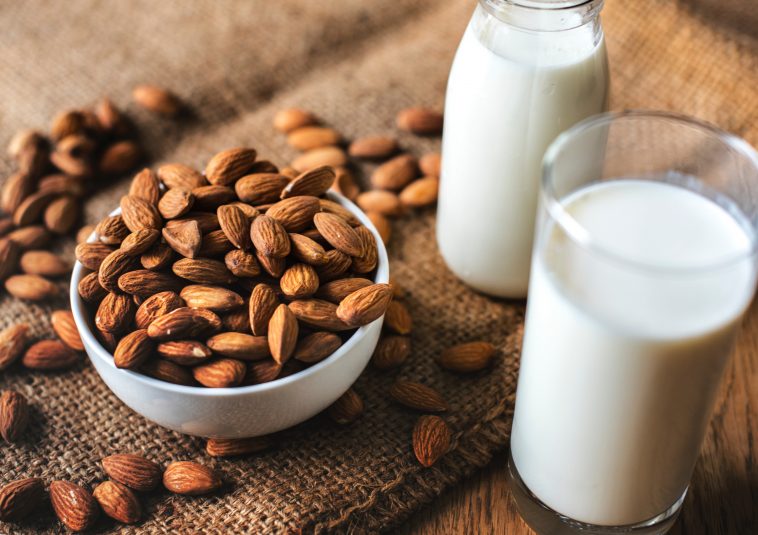We all know how important a balanced diet is. While the exact details of what constitutes a healthy diet have evolved over time, some things have remained constant: plenty of fruit and vegetables, carbohydrates, fluids, dairy (or dairy alternatives) and protein.
Protein is a key part of our diet, and it is essential for a healthy body overall. It helps to build muscles, tendons, organs, enzymes, hormones, and has many other important functions. Protein also helps us preserve a lean, fat-burning physique.
For vegans and vegetarians, sometimes it can seem difficult to incorporate enough protein into our diet. After all, I know I’m not alone in mentally equating the word “protein” with “meat.” Most meat-eaters have no trouble maintaining a protein-rich diet.
An easy way for vegans to include protein into the diet is by adding vegan protein powder. Learn more about affordable protein powders.
In fact, the average American woman consumes about 68 grams a day, according to Health.com, which is significantly higher than the recommended dietary allowance of 46 grams for the average sedentary woman.
It’s important to get protein from a variety of sources. Luckily, there are several delicious plant-based foods that are rich in protein and other nutrients. Here are six vegan food groups that pack a powerful protein punch.
Pulses
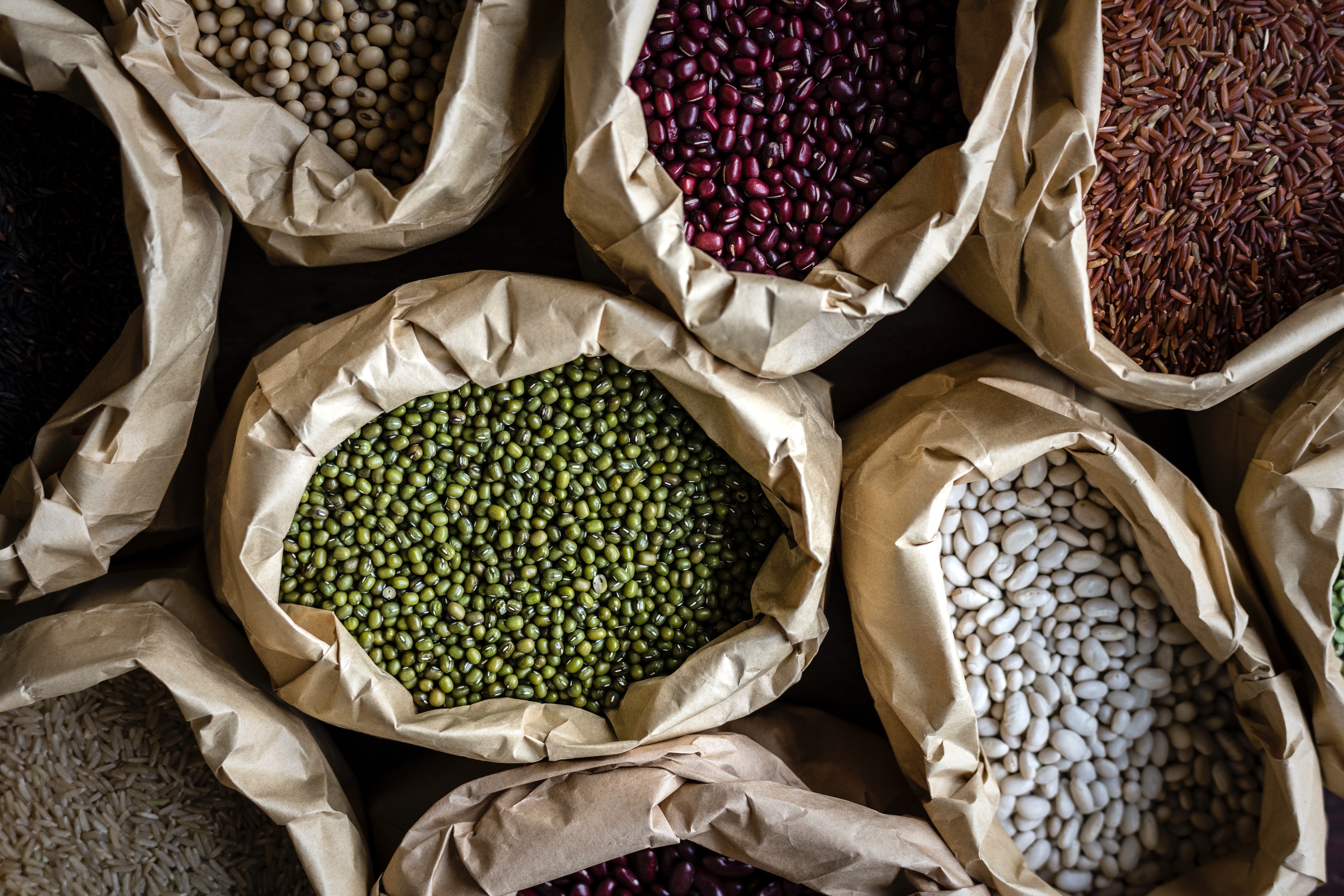
Pulses are not only cheap to buy and easy to cook, but they are full of protein, fibre, and vitamins and minerals, such as iron, zinc, folate, and magnesium. Some research even suggests that pulses may have anti-cancer effects thanks to the phytochemicals, saponins, and tannins they possess.
Some great examples are lentils (18 grams of protein per 1 cup), chickpeas (16 grams per 1 cup), dry peas (16 grams per 1 cup), and black beans (12 grams per 1 cup).
Seeds
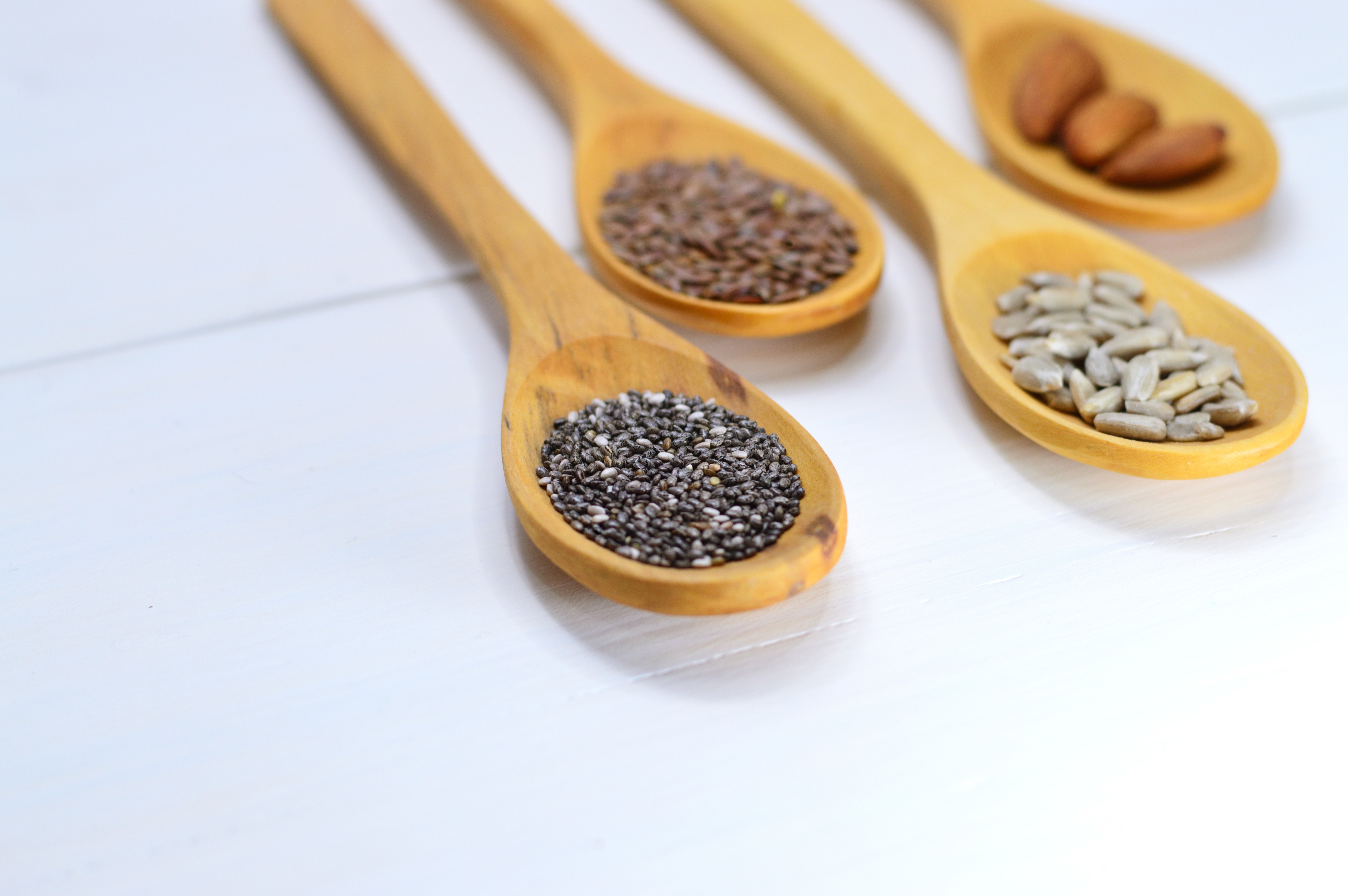
When I hear “seeds,” I immediately think of flapjacks, granola, and natural, homemade snacks. Forget about a juicy steak, I’d rather get my protein from a chia seed pudding or a pumpkin seed granola bar any day.
As with pulses, seeds also contain fibre, vitamins, minerals, and antioxidants, making them a healthy staple for your pantry.
Hemp seeds contain 31.6 grams of protein per 100 grams. Other delicious protein-rich seeds include sunflower (21 grams per 100 grams), pumpkin (19 grams per 100 grams), and chia (16.5 grams per 100 grams).
Nuts
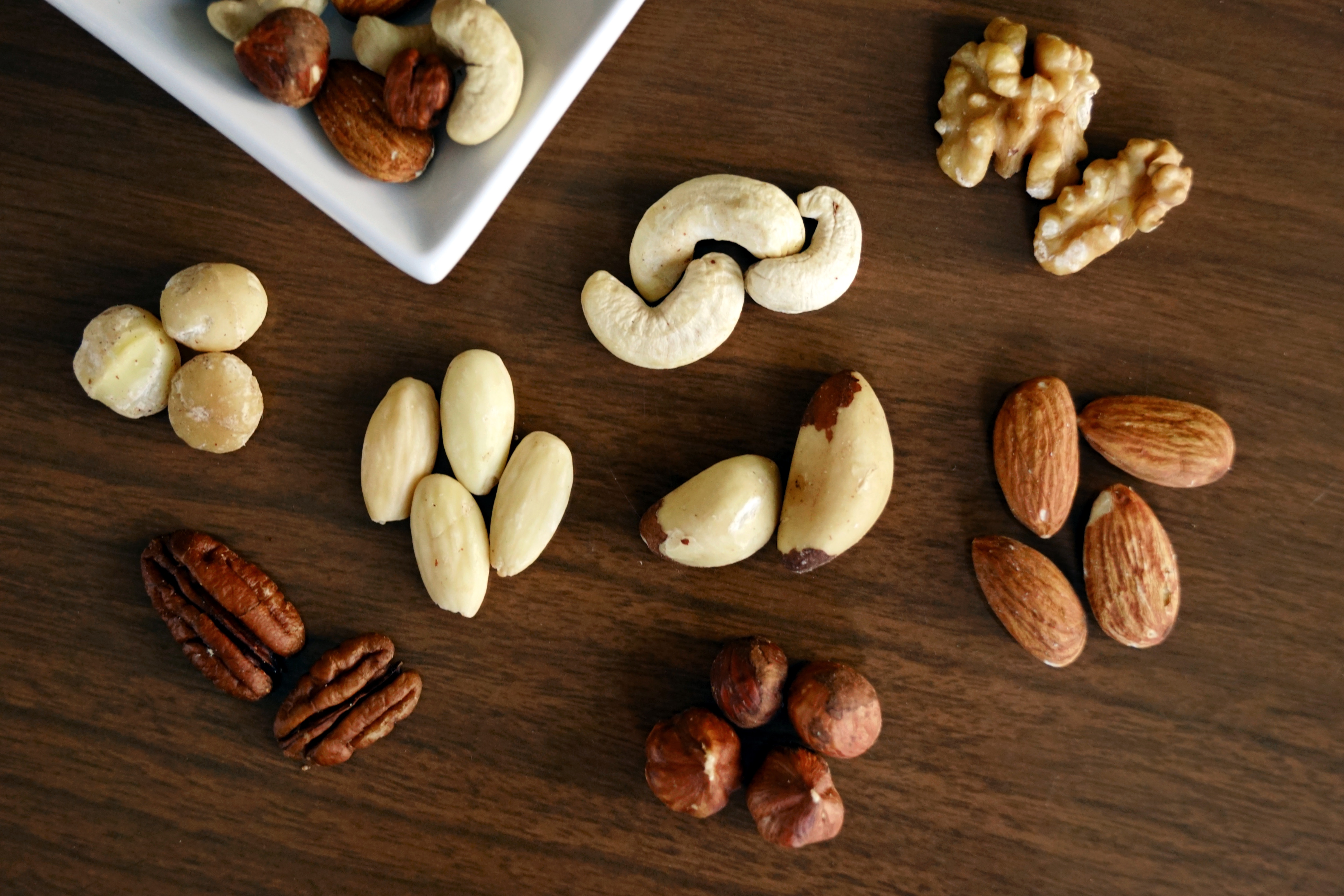
Another great snack food that will increase your protein intake is nuts. They’re easy to incorporate into just about any meal – breakfast, lunch, dinner, and even for grazing throughout the day. (As if I needed another reason to love peanut butter and jam on toast in the mornings.)
On top of protein, nuts also contain unsaturated fatty acids and other nutrients. Grab a handful of peanuts (26 grams of protein per 100 grams), almonds (21 grams per 100 grams), cashews (18 grams per 100 grams), or walnuts (15 grams per 100 grams) and you’ll be good to go.
Soy
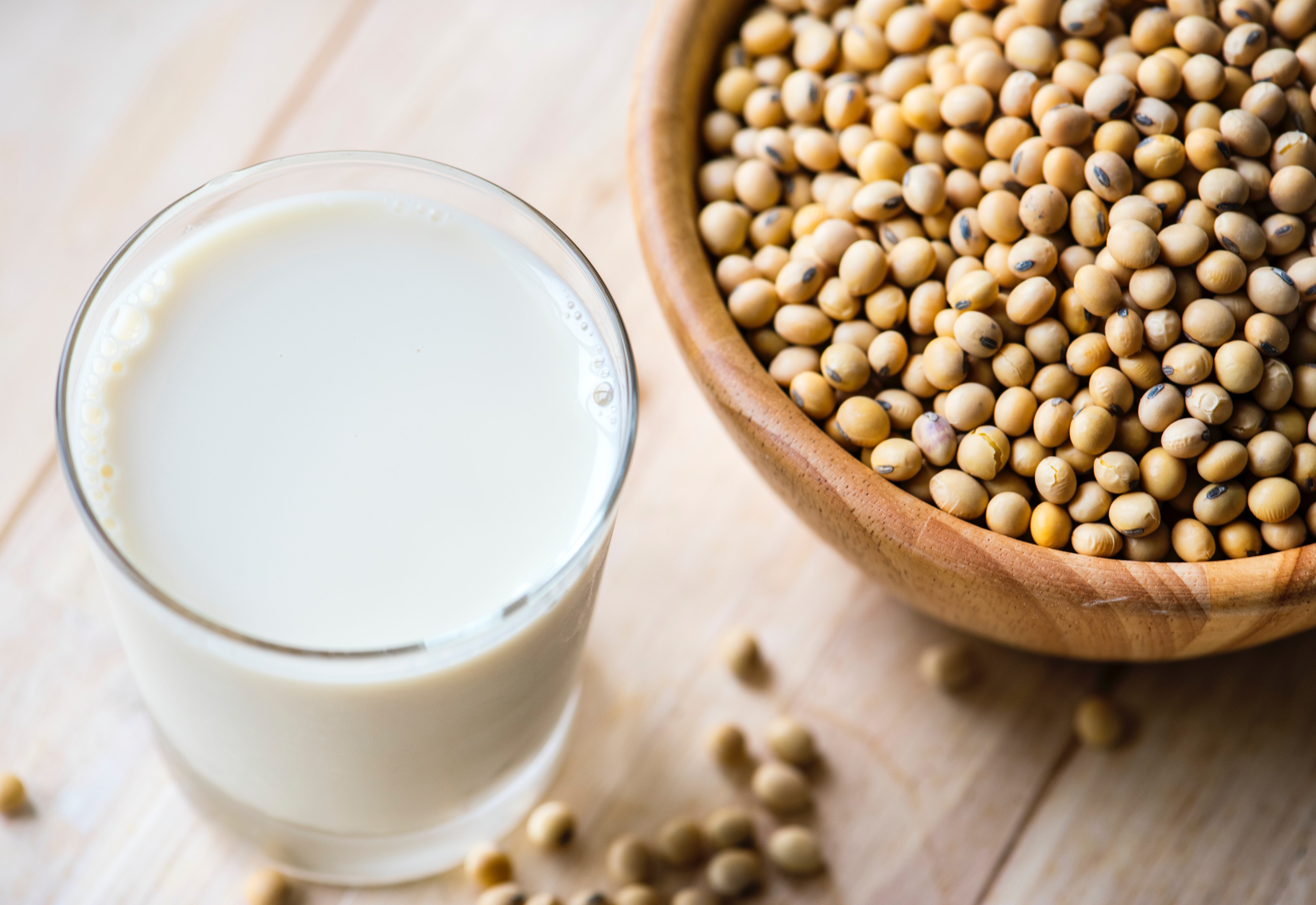
Soy is such a versatile food. It’s often seen as the vegetarian’s equivalent to meat, and while there are many other plant-based meat alternatives, soy is definitely a key player in this area.
Some delicious soy-based foods are seitan (75 grams of protein per 100 grams), tempeh (19 grams per 100 grams), edamame (11 grams per 100 grams), and tofu (18 grams per 100 grams).
Vegetables
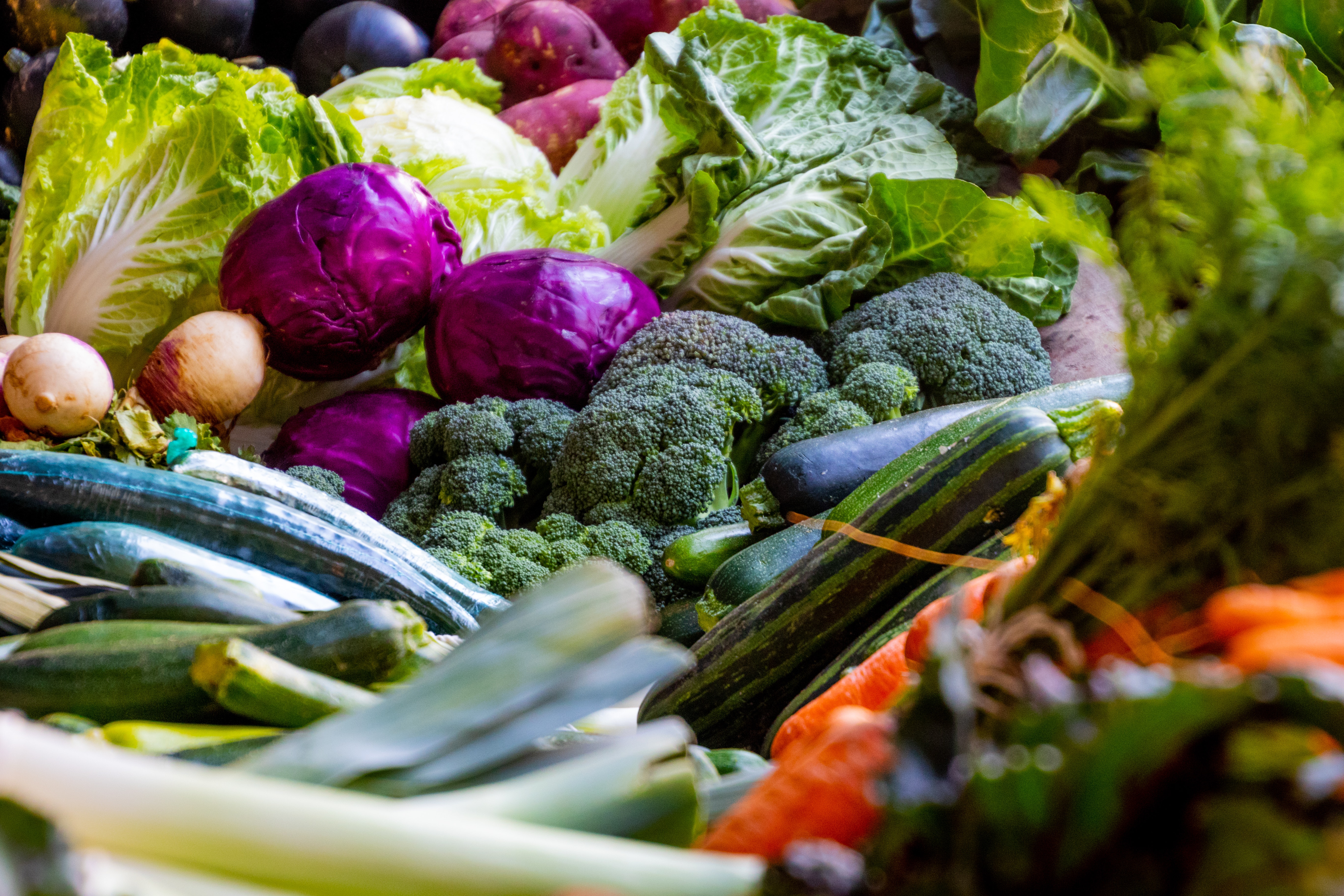
Protein might not be the first thing you think about with vegetables. After all, veggies are packed with nutrients, vitamins, and countless other healthy things that make our bodies happy. And fortunately, protein is one of the many benefits of a hearty portion of fruit and vegetables.
Peas are one of the best sources, providing 8 grams of protein per 1 cup. Spinach is also a great option (5 grams per 1 cup), as are asparagus (2.9 grams per 1 cup) and broccoli (2.6 grams per 1 cup).
Grains
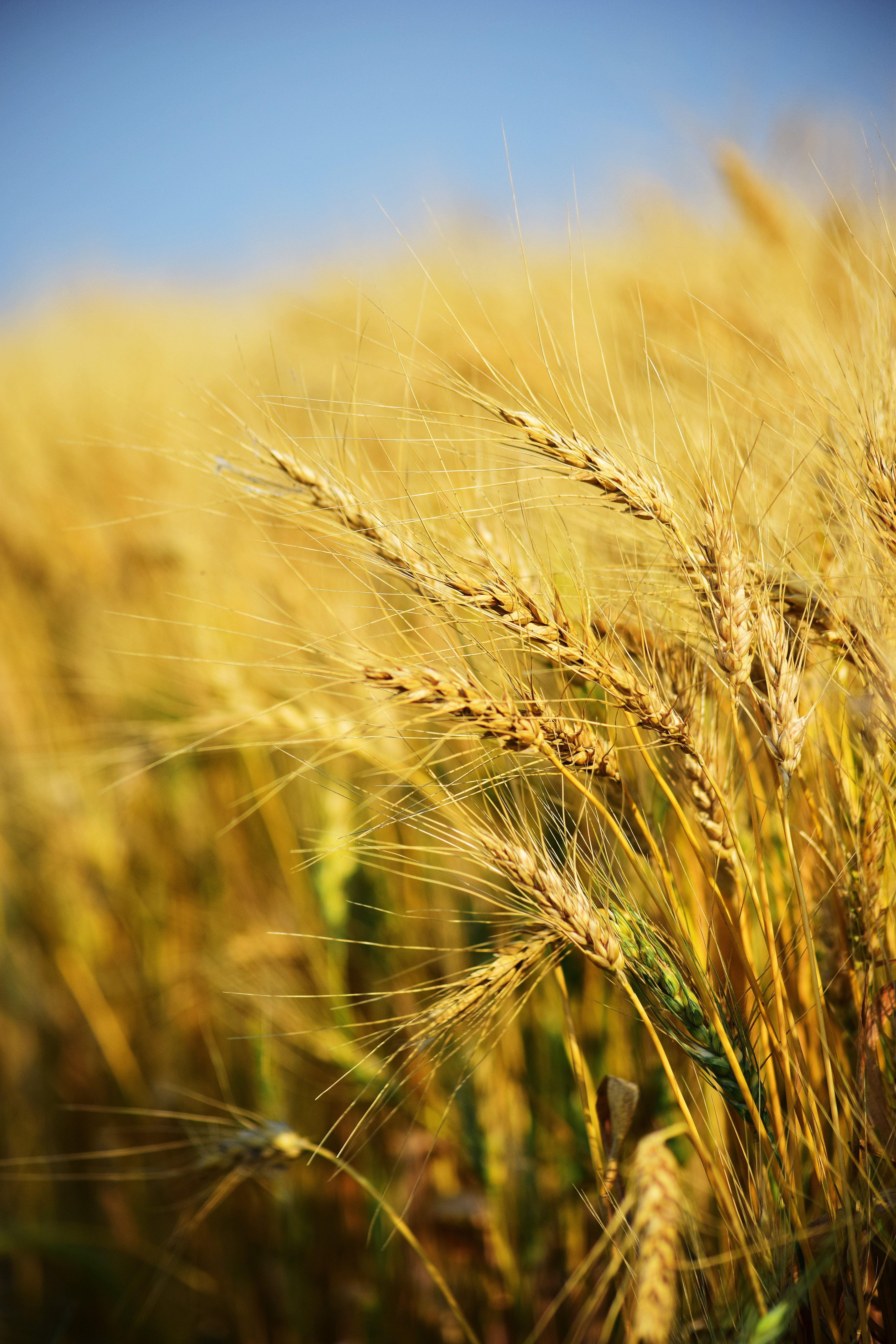
Ancient grains and healthy salads may make for a great Instagrammable lunch, but more than that, they also make for a protein-packed diet. Whip them up into a summery salad or use as a healthier alternative to white rice for an extra nutritious boost.
Have fun experimenting with spelt (15 grams of protein per 100 grams), wild rice (15 grams per 100 grams), buckwheat (13.25 grams for 100 grams), and quinoa (4.4 grams per 100 grams).
Read more:
- Easy to Make Vegan Apple Oat Bites
- Clean Green Breakfast Smoothie

